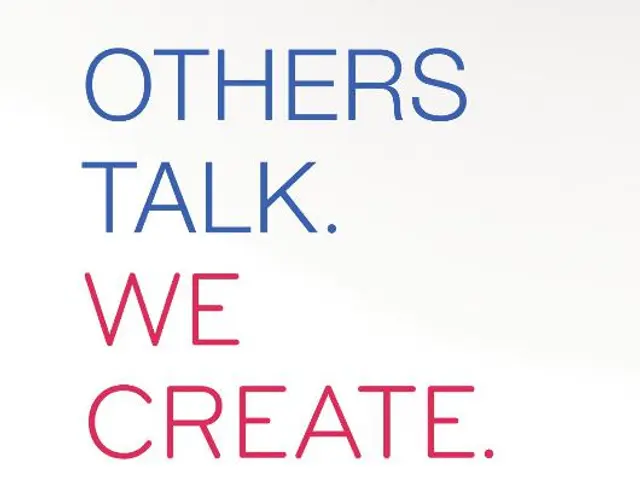Boosts Your Plants' Growth with 10-10-10 Fertilizer
10-10-10 Fertilizer: A Versatile, Balanced Choice for Your Plants
Ever wondered about those numbers on your fertilizer bag, like 10-10-10? Let's break it down! These three numbers indicate the amounts of nitrogen (N), phosphorus (P), and potassium (K) in the product. These trio are the main macronutrients plants crave for healthy growth.
The numbers, separated by dashes, denote the percentage weight of each nutrient in the product. For 10-10-10, it means 10% is nitrogen, 10% is phosphorus, and 10% is potassium. Multiplying the percentage by the weight of the bag tells you the exact amount of each nutrient you're getting.
A five-pound bag of 10-10-10 fertilizer will provide:
- 0.5 pounds of nitrogen
- 0.5 pounds of available phosphate
- 0.5 pounds of soluble potassium
The guaranteed analysis label also shows other essential nutrients, but they don't affect the three-number N-P-K rating. A general-purpose fertilizer might contain magnesium, boron, iron, zinc, or other micronutrients.
10-10-10: A Versatile Workhorse for Various Plant Needs
Fertilizers with a ratio like 1:1:1, such as 10-10-10, are known as balanced or general-purpose fertilizers. They're brilliant for various uses, from feeding houseplants to amping up vegetable gardens. If you're only going to have one fertilizer on hand, 10-10-10 is an excellent option.

Though we associate the first number, nitrogen, with green, leafy growth, the second number, phosphorus, with blooms, and the third number, potassium, with stress resistance, plants need all three primary macronutrients for optimum performance—blooming, rooting, and maintaining vigorous growth. Therefore, a balanced fertilizer supports all of these plant needs.
10-10-10 is also a top choice for container plants. We don't test soil in potting mix, and nutrients can quickly deplete in pots. Opting for a balanced fertilizer simplifies providing supplemental nutrition for your patio plants.
Tips for Fertilizer Success
Though using fertilizer seems straightforward, here are some tips for maximizing results:
- Avoid Fall Fertilizing: In areas prone to frost, plants prep for cold by hardening new growth. Late fertilizer applications can induce new growth that doesn't have time to harden, making it more susceptible to damage from freezing temperatures.
- Soil Testing: Soil in outdoor gardens can be a mystery. Fill dirt used during home construction may range from good topsoil to sand and stones. Conduct a soil test to determine your garden's nutrient needs before reaching for the fertilizer.
- Follow Label Instructions: Regardless of the product, always read and follow the label for application amount and frequency. Overapplication can burn plants and create water quality problems.
- Opt for Slow-Release Nitrogen: Nitrogen is most often lacking and is highly mobile in the soil. To combat leaching, many fertilizers coat some nitrogen with a polymer, which releases nitrogen slowly over time.
Now you're ready to unleash the power of 10-10-10 fertilizer in your garden!
- For maintaining your houseplants, consider using a 10-10-10 fertilizer, a versatile choice recognized for its ability to promote healthy growth.
- In addition to caring for your yard, taking care of your garden care might involve using fertilizers like the 10-10-10, a balanced option suitable for both amping up vegetable gardens and feeding houseplants.
- Following the instructions on your 10-10-10 fertilizer bag can help you learn the exact amount of each macronutrient, nitrogen (N), phosphorus (P), and potassium (K), you're giving to your plants.
- TheGBH (Better Homes and Gardens) magazine has tips on maintaining and caring for your garden, suggesting the use of fertilizers like 10-10-10 for container plants, which deplete nutrients quickly and do not undergo soil testing.
- If you're looking for directions on maintaining your yard and garden, the GBH website offers valuable resources, including advice on soil testing, choosing fertilizers based on plant needs, and following label instructions to prevent overapplication and potential damage to your plants.




